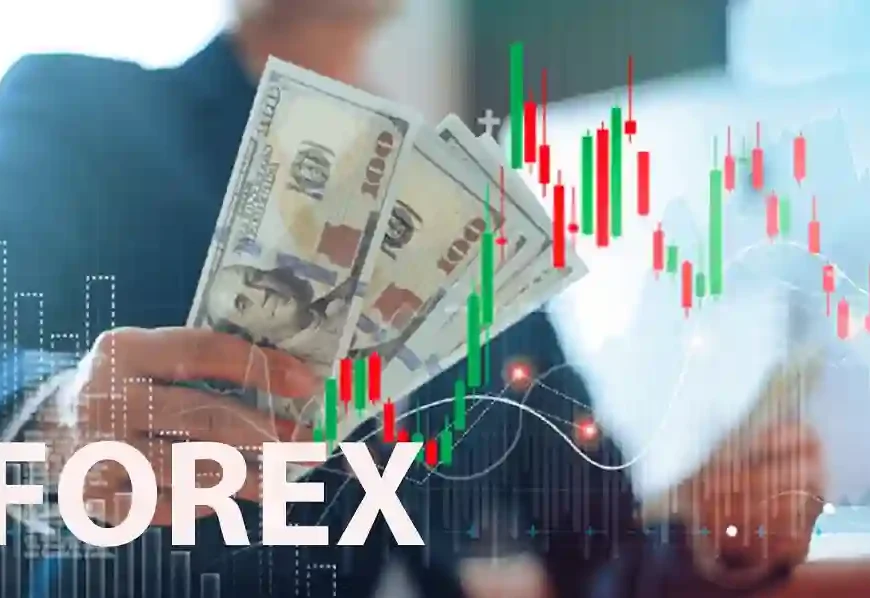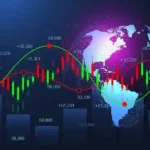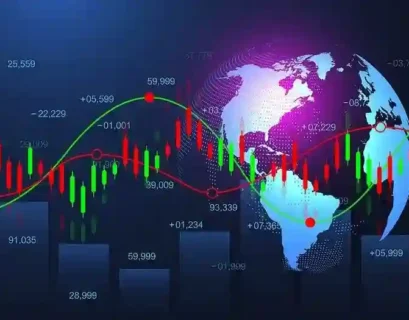In the world of Forex trading, profitability is not solely determined by successful trade outcomes. Transaction costs, including spreads, commissions, and slippage, play a significant role in determining the overall profitability of Forex trading strategies. Forex robots, automated trading systems designed to execute trades on behalf of traders, are not immune to the impact of transaction costs. This article explores the importance of transaction costs in Forex robot profitability, the different types of transaction costs, and strategies for mitigating their impact on trading performance.
Understanding Transaction Costs in Forex Trading:
Transaction costs are expenses incurred when executing trades in the Forex market. These costs can include spreads, which represent the difference between the bid and ask prices of currency pairs, commissions charged by brokers for trade execution, and slippage, which occurs when orders are executed at prices different from the expected price. Transaction costs can vary depending on factors such as market liquidity, broker pricing models, and order execution methods.
Types of Transaction Costs in Forex Trading:
Spreads:
Spreads are the primary transaction costs in Forex trading and represent the difference between the bid and ask prices of currency pairs. The spread is typically expressed in pips and varies depending on factors such as market liquidity, currency pair volatility, and broker pricing models. Tighter spreads result in lower transaction costs, while wider spreads increase transaction costs and reduce trading profitability.
Commissions:
Some Forex brokers charge commissions on trades in addition to spreads. Commissions are typically based on the volume of trades executed or a fixed fee per trade and can vary depending on the broker’s fee structure. High commission costs can significantly impact trading profitability, especially for high-frequency trading strategies that execute a large number of trades.
Slippage:
Slippage occurs when orders are executed at prices different from the expected price, often due to rapid price movements, market volatility, or delays in order execution. Slippage can result in higher transaction costs and reduced trading profitability, particularly for Forex robots that rely on precise order entry and exit points to achieve desired outcomes.
Impact of Transaction Costs on Forex Robot Profitability:
Erosion of Trading Profits:
High transaction costs can erode trading profits and reduce the overall profitability of Forex robot strategies. Even small spreads, commissions, or instances of slippage can add up over time and have a significant impact on net trading returns. Forex robots must generate sufficient returns to offset transaction costs and achieve profitable trading outcomes.
Altered Risk-Reward Profiles:
Transaction costs can alter the risk-reward profile of Forex robot strategies, affecting trade outcomes and risk management decisions. Higher transaction costs increase the breakeven point for trades, requiring larger price movements to generate profitable returns. Forex robots must adapt their risk management strategies to account for transaction costs and ensure that risk-reward ratios remain favorable.
Influence on Trading Frequency:
Transaction costs influence the frequency and volume of trades executed by Forex robots. High transaction costs may discourage Forex robots from entering trades frequently or executing smaller position sizes to minimize costs. Forex robots must strike a balance between trading frequency and transaction costs to optimize trading performance and profitability.
Strategies for Mitigating the Impact of Transaction Costs:
Selecting Low-Cost Brokers:
Choosing Forex brokers with competitive spreads, low commissions, and minimal slippage can help reduce transaction costs and improve trading profitability. Traders should compare broker offerings, fee structures, and execution quality to identify brokers that offer favorable trading conditions for Forex robot strategies.
Optimizing Trade Execution:
Optimizing trade execution can help minimize transaction costs and improve trading performance. Forex robots should utilize advanced order types, such as limit orders and stop orders, to control entry and exit points and reduce slippage. Additionally, optimizing trade timing and order placement can help Forex robots achieve better fill prices and reduce overall transaction costs.
Implementing Scalping Strategies:
Scalping strategies, which involve capturing small price movements and profiting from short-term fluctuations in currency prices, can be effective in minimizing transaction costs. Forex robot that employ scalping strategies can capitalize on tight spreads, high liquidity, and rapid order execution to generate profits while minimizing transaction costs.
Utilizing Spread Rebates and Discounts:
Some Forex brokers offer spread rebates, discounts on commissions, or other incentives to attract traders. Forex robots can take advantage of these offers to reduce transaction costs and improve trading profitability. Traders should explore broker promotions and loyalty programs to maximize cost savings and optimize trading performance.
Conclusion:
Transaction costs are a critical factor that can significantly impact the profitability and performance of Forex robot strategies. Spreads, commissions, and slippage can erode trading profits, alter risk-reward profiles, and influence trading frequency. Forex robots must carefully consider transaction costs when designing trading strategies, selecting brokers, and optimizing trade execution. By implementing strategies to mitigate the impact of transaction costs, Forex robots can improve trading performance, enhance profitability, and achieve long-term success in the competitive world of Forex trading.











